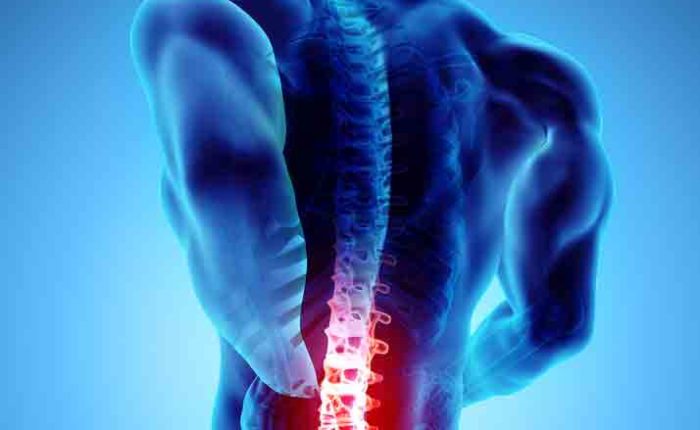According to the APTA, the majority of low back pain is caused by strain, overuse or injury, and is rarely caused by a more serious condition such as a herniated disc or osteoarthritis.
However, prior injuries, prolonged poor sitting or standing postures, improper or excessively heavy lifting and poor overall conditioning can lead to serious low back pain, including lumbar radiculopathy. Lumbar radiculopathy usually arises when a herniated or bulging disc becomes more severe and places greater pressure on the nerve root. Symptoms of lumbar radiculopathy may feel like burning, searing, shooting and cramping. Severe low back pain radiating into the leg may occur when the sciatic leg nerve becomes compressed and irritated.
Severe nerve pressure may make this condition more difficult to treat. Initial therapy includes mechanical and manual lumbar traction to take pressure off the affected nerves. As the pressure diminishes, further therapy may include joint and soft tissue mobilization, passive stretching, and myofascial release to return normal movement to the spine. A specific exercise program can help prevent scarring of the low back nerves. Once normal movement has returned, the patient will progress to core stabilization exercises to build strength
Most people with back pain focus more on the symptoms, rather than the cause of their pain. “What they might not know is that movement often provides the best long-term relief for pain,” says APTA spokesperson Mary Ann Wilmarth, PT, DPT, OCS, chief of physical therapy at Harvard University. “As movement experts, physical therapists can help restore mobility, reduce pain, and improve quality of life,” she adds.
Don’t wait to feel better – call SOL Physical Therapy + Performance today to schedule an initial evaluation so you can return to the activities you love!
.


